BLOOD ON THE SNOWBALL (1888)
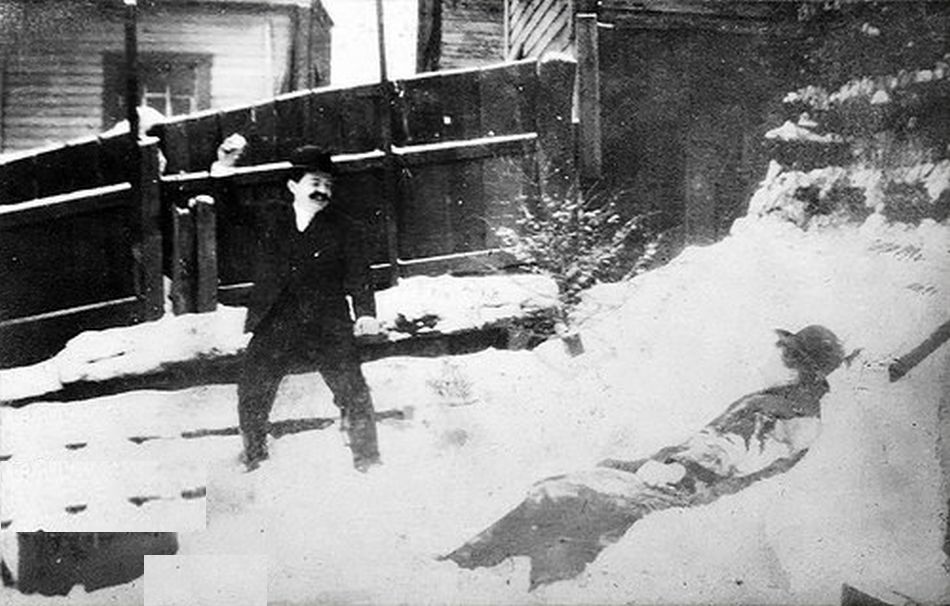
As the snow piled up during the Blizzard of 1888, Brooklynites began to experience countless fights.
Snowball fights, that is.
Most were lighthearted and fun, romps in the snow bringing joy and relief from the endless shoveling and the stress of everyday life with the white stuff.
But sometimes these snowball fights turned ugly, exposing the more unsavory side of Brooklynites. They showed how quickly a snowball fight could evolve from a joyful game into mayhem-filled terror.
Two cases, in particular, made the pages of the Brooklyn Daily Eagle during the week of the historic blizzard.
One involved a razor. The second involved a gun.
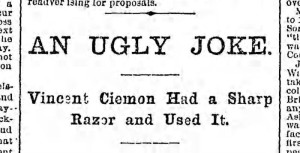
The day after the “Great White Hurricane” struck Brooklyn, Vincent Ciemon was a very tired man. He had reason to be after a long day of shoveling snow following the first full day of the Blizzard of 1888.
He had just been employed by the Long Island Railroad Company as that organization needed day laborers to help dig out their engines in the city and beyond.
On his way home around 5 p.m., to the apartment where he lived with his family on East New York Avenue in Brownsville, Ciemon had just reached Rockaway Avenue “when a snowball struck him in the back.”
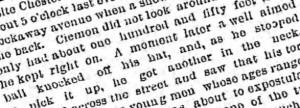
A moment later, though, “a well-aimed ball knocked off his hat.” Ciemon now was beginning to feel his ire rise. He was not going to make anything of kids playing, though, and so he simply bent over and picked up his hat.
As he did so, “he got another in the neck.”
The “third” is often the so-called charm for most, but in this case it was the curse for Ciemon. He looked across the street to see who his “tormentors” were. There behind a steep ridge of snow he saw “three young men whose ages ranged from 18 to 20 years.”

This was the final straw for Ciemon – the snowball that put him over the edge. His next movement “put an end to the sport of the three youths.”
THE CHASE
“Whipping out a razor, Ciemon walked hurriedly across the street. His tormentors, either sensing the game or fearing their prey, “separated and ran.”
“The Italian,” not able to chase three boys at once, zeroed in on his mark – Thomas Ryan, 18, who also lived in the neighborhood, giving him chase.
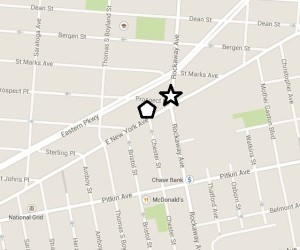
In a moment Ryan was covered in blood.
His cries for help attracted the police who joined in the chase. Before the patrolman could lay hands on Ciemon, though, “the latter had given Ryan two more ugly cuts on the right thigh.”
When the patrolman captured Ciemon, Ryan’s adrenaline spent, he “fell into a snowbank.” An ambulance had already been called and so when it arrived, the surgeon took Ryan the short distance to his home. There the surgeon dressed Ryan’s wounds and then took the youth to St. Mary’s Hospital.
Back at the scene as the crowds gathered to gossip, they observed the evidence of the struggle: from the spot where the Italian cut his victim to where the chase had ended the snow was covered with a thick dark blood.
POSTSCRIPT

We did find Thomas Ryan, however, and, four years later in 1892, he was living with his brothers smack dab in the 26th Ward – where all of this happened. There was no indication that his parents were alive, though, as they were not shown to be living with their children. All of the Ryan boys who were of age to work (the eldest was 26, and the youngest, 15) were employed as laborers of some sort, with Thomas taking his wages as a “painter.”
Incidentally, there were a number of Thomas Ryan’s in Brooklyn at the time, but only one matched the age and location of ours. The Thomas Ryan we identified was 18 years old in 1888, and, according to the NY State Census of 1892, he was found living in the “First Election District” of the 26th Ward – which included Rockaway and East New York Avenues – the exact cross-streets where this altercation took place.
———————————————————————————————————————–
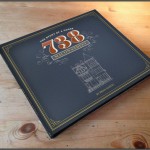 The story you have just read was composed from extensive historical research conducted by The Brownstone Detectives. It was a story uncovered in the everyday research that our clients commission us to preform on their historic homes, which culminates in the production of one of our celebrated House History Books.
The story you have just read was composed from extensive historical research conducted by The Brownstone Detectives. It was a story uncovered in the everyday research that our clients commission us to preform on their historic homes, which culminates in the production of one of our celebrated House History Books.
Contact us today if you are interested in bringing the history of your house to life.
[…] Hit with a third snowball, the BK man whipped out a razor blade and slashed his assailant [Brownstone Detectives] […]